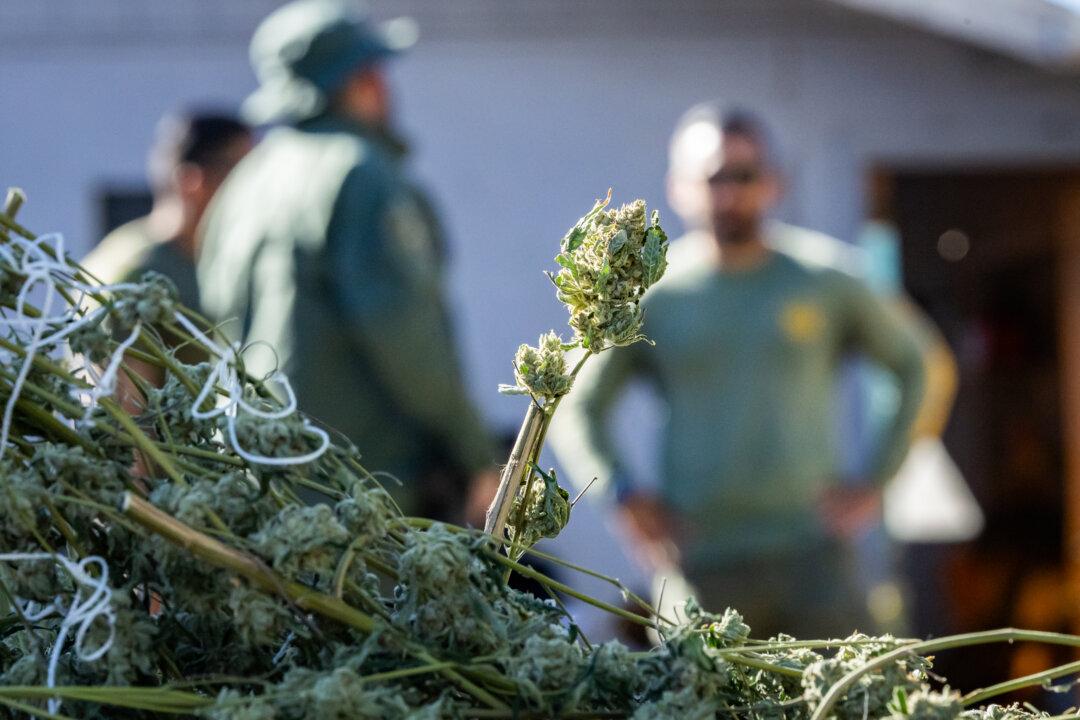Graying inmates, aging prison infrastructure, and the increased need for mental health care in prisons have strained California’s budget in recent years, according to experts who advise the state government.
Scott Graves, director of research at the California Budget & Policy Center, is one of those experts. At a Feb. 20 senate budget hearing, he said the number of inmates who have mental health issues is on the rise.





